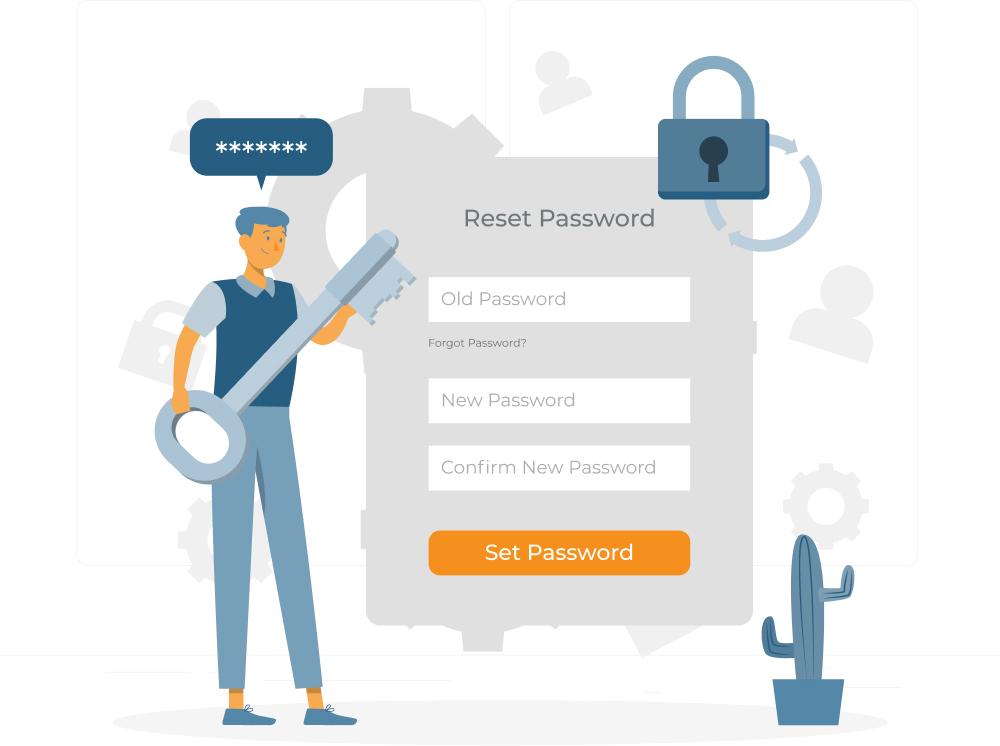Effective team performance is crucial for any organization’s success. When teams work well together, they can achieve more than any individual could alone. However, building a high-performing team takes time and effort, and it requires the right leadership skills and coaching approach.
In this article, we will explore the benefits of team coaching in the workplace. As a manager, you are not only responsible for ensuring that your team meets its targets and goals but also to help each member develop and grow professionally. One of the most effective ways to do this is through coaching collectively.
What is team coaching?
Team coaching is a process of facilitating team learning and development, where the coach helps the team to reflect on its functioning, identify its strengths and challenges, and take action to improve its performance. According to the Harvard Business Review, collective coaching can help to enhance collaboration, communication, and trust among team members, leading to better problem-solving, decision-making, and innovation. This approach also helps to create a positive and engaged workplace culture. Coaching collectively helps to build better teams by improving team dynamics, enhancing individual and group performance and reducing conflicts and stress.
The benefits of team coaching
Group coaching has numerous benefits for both the team members and the organization as a whole. Here are some of the key benefits:
1. Improved collaboration and communication
Effective communication and collaboration are essential for high-performing teams. Team coaching can help team members to communicate more effectively, share information, and work together more collaboratively. It helps teams’ shared understanding, clarifies roles and responsibilities and encourages honest communication.
2. Enhanced problem-solving and decision-making
High-performing teams are good at problem-solving and decision-making. Coaching collectively can help to enhance these skills by providing team members with the tools and techniques they need to make better decisions and solve problems more effectively. Team coaching will encourage members to learn and sharpen their collaborative skills, identify problems and brainstorm solutions.
3. Increased innovation and creativity
Innovation and creativity are essential for organizations that want to stay ahead of the competition. Team coaching can help to foster a culture of innovation and creativity by encouraging team members to think outside the box, take risks, and experiment with new ideas. It also nurtures a culture of psychological safety, encourages experimentation, and allows for constructive feedback.
4. Improved individual and team performance
Team coaching can help team members to improve their individual and team performance by providing them with the tools and techniques they need to succeed. This can include training, mentoring, job shadowing, peer coaching, and experiential learning activities. A culture of collective mentoring will help the team members’ personal growth too, as it increases self-awareness and encourages guidance between peers.
5. Reduced conflicts and stress
Conflicts and stress can harm team performance and lead to poor morale and productivity. Coaching collectively can help to reduce conflicts and stress by providing team members with the tools and techniques they need to resolve conflicts, manage stress, and work together more effectively, reducing friction and enhancing cooperation.
How to implement team coaching
To implement group coaching effectively, you need to create a safe and supportive environment where team members can share their feedback, ideas, and challenges without fear of judgment or retaliation. These 4 pillars of effective and positive collective coaching are worth keeping in mind:
a. creating a shared understanding of team goals,
b. fostering open and honest communication,
c. building trust and psychological safety, and
d. promoting continuous learning and improvement.
To achieve these goals, team coaches should use a variety of coaching techniques, such as individual and team assessments, feedback sessions, role-playing, team-building activities, and action planning. You know your team best, so make sure to create a coaching plan that reflects the needs of your team. It is not something you can download a template of from the internet. However, a good structure of an effective strategy should include clear objectives, an evaluation of the team’s current strengths and limitations and actionable steps to work on.
Who makes a good team leader?
An effective leader should first and foremost be – empathetic. They must also be curious and have a growth mindset. As the ones in charge of the group, they must be ready to build a culture of honest communication and trust as well as create a safe and supportive environment that encourages learning and development. This will give you the edge over other teams.
In conclusion…
Team coaching is a powerful tool for enhancing team performance and building a positive and engaged workplace culture. By providing team members with the tools and techniques they need to communicate more effectively, collaborate more efficiently, and solve problems more creatively, collective coaching can help organizations to achieve their goals and stay ahead of the competition. With the right approach and mindset, it can help organizations build high-performing teams that are capable of achieving great things!
Share this article with a friend or colleague.


